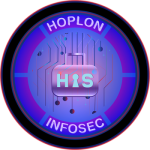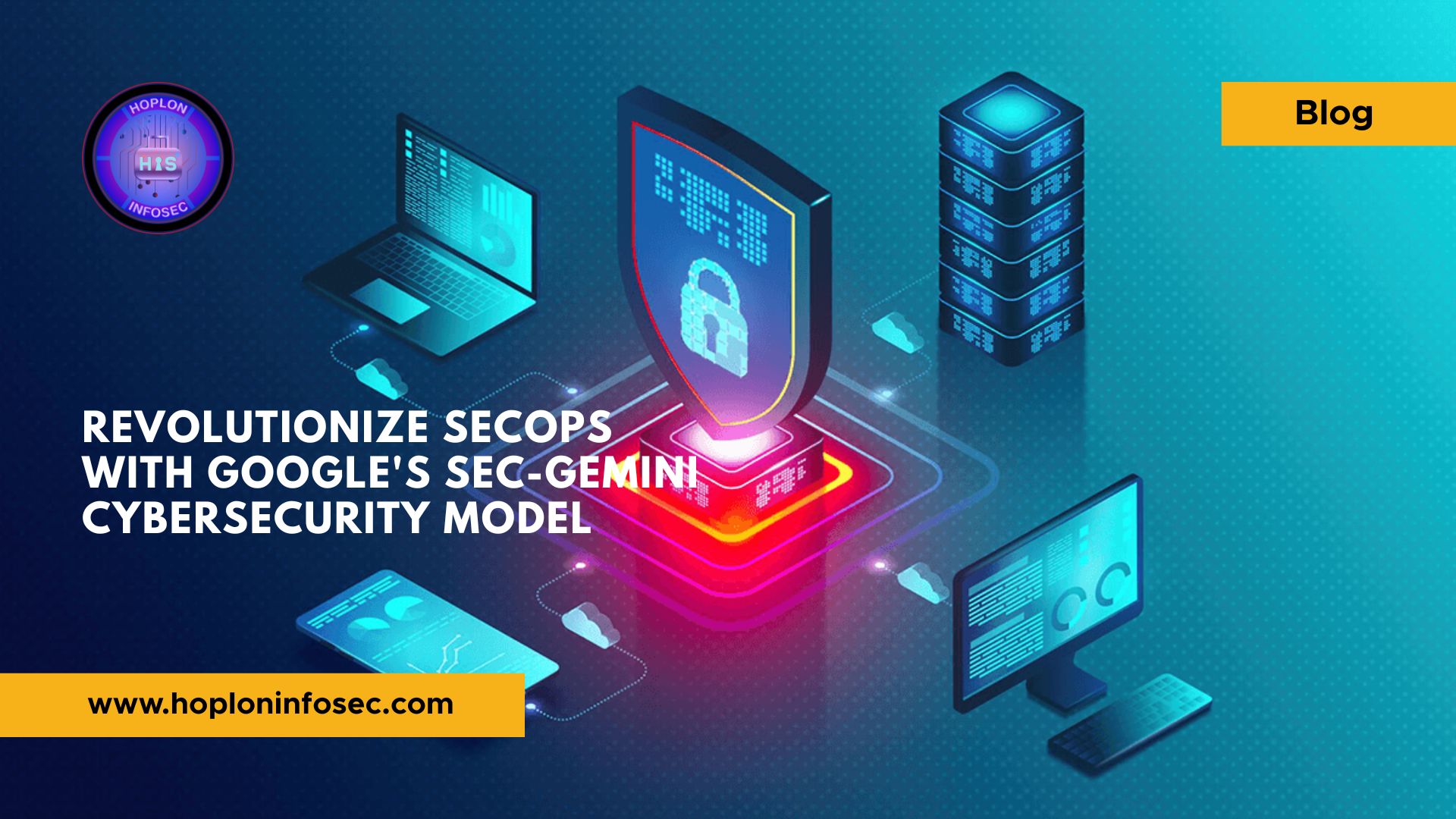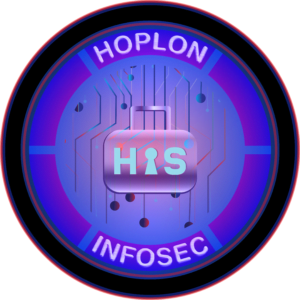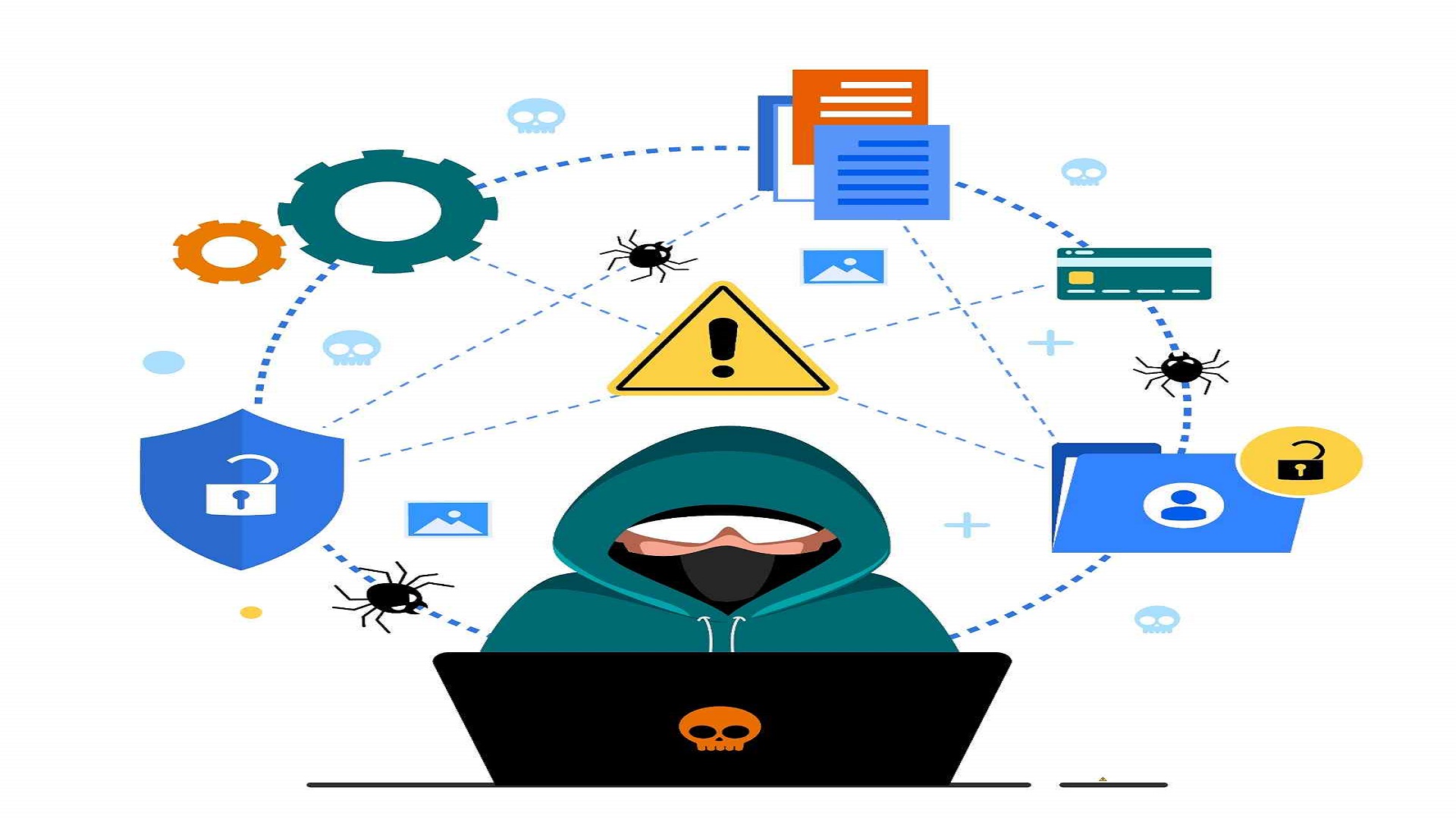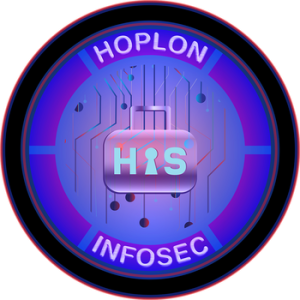SecOps with Sec-Gemini Google’s latest innovation in cybersecurity, Sec-Gemini v1, represents a significant leap forward in integrating artificial intelligence with security operations workflows. Announced by Google Cybersecurity x AI Research Lead Elie Bursztein, this experimental model empowers security teams by streamlining root cause analysis, threat analysis, and understanding the impact of vulnerabilities. In this blog post, we will explore the various facets of Sec-Gemini v1, the challenges it aims to address in cybersecurity, and the potential benefits it offers to organizations, professionals, and research institutions.
The Cybersecurity Landscape and Its Challenges

The Asymmetry Between Attackers and Defenders
One of the long-standing challenges in the cybersecurity domain is the inherent asymmetry between defenders and attackers. Security teams are tasked with the monumental job of safeguarding systems against a wide range of threats. In contrast, attackers need only to discover and exploit a single vulnerability to breach a system. This imbalance makes protecting digital infrastructure extremely challenging, time-consuming, and prone to human error.
AI-powered cybersecurity solutions like Sec-Gemini v1 aim to counteract this asymmetry. By leveraging advanced artificial intelligence, security professionals can multiply their capabilities, better understand the evolving threat landscape, and respond more efficiently to incidents. This shift in balance is critical to ensuring that defensive measures keep pace with the increasingly sophisticated tactics employed by cyber adversaries.
Increasing Complexity of Cyber Threats
Modern cybersecurity is not just about keeping up with malware and phishing attacks. Cyber adversaries have evolved to deploy multi-faceted, coordinated attacks that target vulnerabilities across various layers of an organization’s infrastructure. These can include network vulnerabilities, software flaws, and even weaknesses in cloud security protocols. This complexity necessitates a dynamic and robust approach to threat detection and incident response, which is adaptive and capable of integrating real-time data.
The Innovation Behind SecOps with Sec-Gemini v1
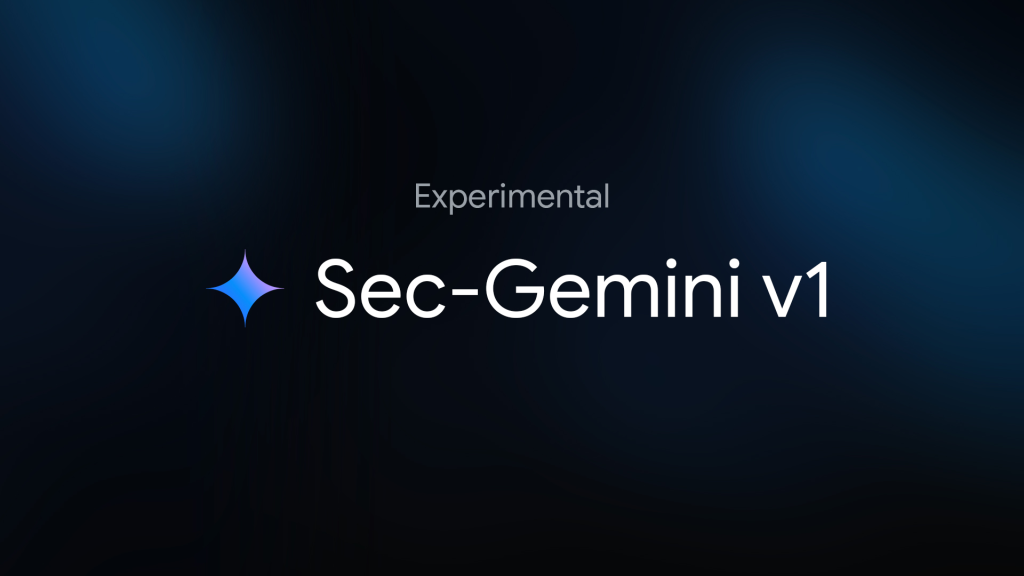
Integrating AI into Security Operations
Sec-Gemini v1 is built upon the advanced capabilities of Google Gemini’s Large Language Model (LLM). By harnessing the power of this state-of-the-art AI, the model is equipped to provide near real-time cybersecurity insights. This includes detailed root cause analysis (RCA) of security incidents, thorough threat analysis, and an in-depth understanding of how vulnerabilities impact systems.
Integrating AI into cybersecurity workflows allows security teams to automate time-consuming tasks. For instance, identifying the origin of a breach or understanding the context of a vulnerability can now be expedited by relying on the AI’s reasoning capabilities. This enables professionals to focus on more strategic aspects of security management while the AI handles data-heavy tasks.
Near Real-Time Cybersecurity Knowledge
A critical aspect of Sec-Gemini v1 is its ability to incorporate current cybersecurity data. The model achieves this by fusing Google Gemini’s LLM capabilities with up-to-date cybersecurity intelligence. This includes integrating data from multiple sources such as Google Threat Intelligence (GTI), Google’s Open-Source Vulnerabilities database (OSV), and threat intelligence data from Mandiant.
Combining these data streams allows Sec-Gemini v1 to answer complex cybersecurity queries comprehensively. For example, when asked about a particular threat actor like Salt Typhoon, the model can confirm the threat actor’s identity and contextualize vulnerabilities related to that actor, drawing on the latest intelligence data. This integration is crucial for accurate threat assessment and proactive defense planning.
Key Features of SecOps with Sec-Gemini v1
Advanced Root Cause Analysis (RCA)
One of Sec-Gemini v1’s primary functions is performing detailed root cause analysis. When a security breach occurs, cybersecurity teams must quickly identify the source and pathway of the attack. With the AI’s analytical capabilities, the model can sift through vast amounts of incident data, pinpoint the initial vulnerability, and map out the chain of events that led to the breach.
This accelerated RCA process saves valuable time and minimizes potential damage caused by delays in response. By swiftly understanding the root cause, organizations can implement targeted measures to prevent future incidents, making their overall security posture more resilient.
In-Depth Threat Analysis
Sec-Gemini v1 goes beyond just identifying vulnerabilities—it provides a detailed analysis of potential threats. By combining threat intelligence data from sources such as Mandiant with real-time inputs from GTI and OSV, the model can offer a comprehensive profile of current threat actors and their methods. This includes insights into how these actors may exploit specific vulnerabilities and the overall risk they pose to an organization.
This level of detail is invaluable for cybersecurity teams. When faced with a potential threat, teams can quickly assess the risk profile and determine the most effective mitigation strategies. Integrating threat analysis into a single model allows for a more coordinated and proactive defense strategy.
Vulnerability Impact Understanding
Understanding the impact of a vulnerability is just as important as identifying its existence. Sec-Gemini v1 provides an in-depth look at how vulnerabilities affect different parts of an organization’s infrastructure. This includes assessing the severity of the vulnerability, the potential pathways for exploitation, and the likely consequences if left unaddressed.
The model empowers security teams to prioritize their efforts by offering this level of detail. Not all vulnerabilities pose the same level of risk, and understanding the impact allows teams to allocate resources effectively, focusing first on those vulnerabilities that could lead to significant breaches or data loss.
Data Sources and Integration
Google Threat Intelligence (GTI)
GTI serves as a foundational data source for Sec-Gemini v1. It offers real-time insights into emerging threats and known vulnerabilities, ensuring the model’s analysis is grounded in the latest information. GTI’s data is essential for providing up-to-date threat assessments and ensuring that the AI’s outputs remain relevant in a rapidly evolving cybersecurity landscape.
Open-Source Vulnerabilities Database (OSV)
Google’s OSV is another critical component of the model’s data ecosystem. This database contains information on known vulnerabilities, which the AI can access to provide context and detail about specific security issues. By integrating OSV data, Sec-Gemini v1 can offer a nuanced understanding of vulnerabilities, including historical data and trends that can help predict future security challenges.
Mandiant Threat Intelligence
Mandiant is renowned for its expertise in cybersecurity threat analysis. By incorporating threat intelligence data from Mandiant, Sec-Gemini v1 can enhance its analytical capabilities, particularly in threat actor profiling. For instance, when the model identifies a threat actor such as Salt Typhoon, it draws on Mandiant data to provide a comprehensive description, including the tactics, techniques, and procedures (TTPs) associated with that actor.
Real-World Applications and Benefits
Enhancing SecOps Workflows
Security Operations (SecOps) teams are often overwhelmed by the volume and complexity of cybersecurity incidents. Sec-Gemini v1 is designed to act as a force multiplier for these teams. By automating key aspects of incident response, such as root cause analysis and threat profiling, the model allows security professionals to focus on higher-level strategic decisions. This streamlined workflow enhances the efficiency of the SecOps teams and improves overall incident response times.
Proactive Security Measures
The proactive capabilities of Sec-Gemini v1 are particularly noteworthy. Instead of simply reacting to incidents after they occur, the model can help organizations anticipate and mitigate threats before they escalate. Sec-Gemini v1 provides a real-time snapshot of an organization’s threat landscape by continuously analyzing incoming data and monitoring for emerging vulnerabilities. This proactive approach is crucial when cyber threats can evolve rapidly and unexpectedly.
Supporting Research and Collaboration
Recognizing AI’s potential in cybersecurity, Google has made Sec-Gemini v1 available to select organizations, academic institutions, and research bodies. This open-access approach facilitates collaborative research and the development of even more advanced cybersecurity solutions. By providing early access through a Trusted Tester recruitment program (currently closed due to overwhelming interest), Google fosters an environment where industry experts and researchers can work together to refine and enhance the model.
Integration with Broader AI-Driven Security Strategies
Google Cloud and AI-Enabled Security
Google’s integration of Sec-Gemini v1 with its broader AI-enabled security and compliance strategies is essential to its vision. Over the past year, Google has incorporated AI technologies, including Google Cloud’s security solutions, into its security products. This integration is part of a more significant trend in the cybersecurity industry, where AI is increasingly used to detect anomalies, identify vulnerabilities, and streamline incident response processes.
Industry Collaboration and Trends
Google’s initiative is not occurring in isolation. Several other major industry players, such as NVIDIA and RedHat, also leverage AI to bolster cybersecurity defenses. The trend towards AI-assisted security measures is driven by the need to process vast amounts of data quickly and accurately. These technologies enable rapid anomaly detection and code scanning, essential for maintaining robust security in a world where cyber threats are becoming more complex and frequent.
Challenges and Considerations
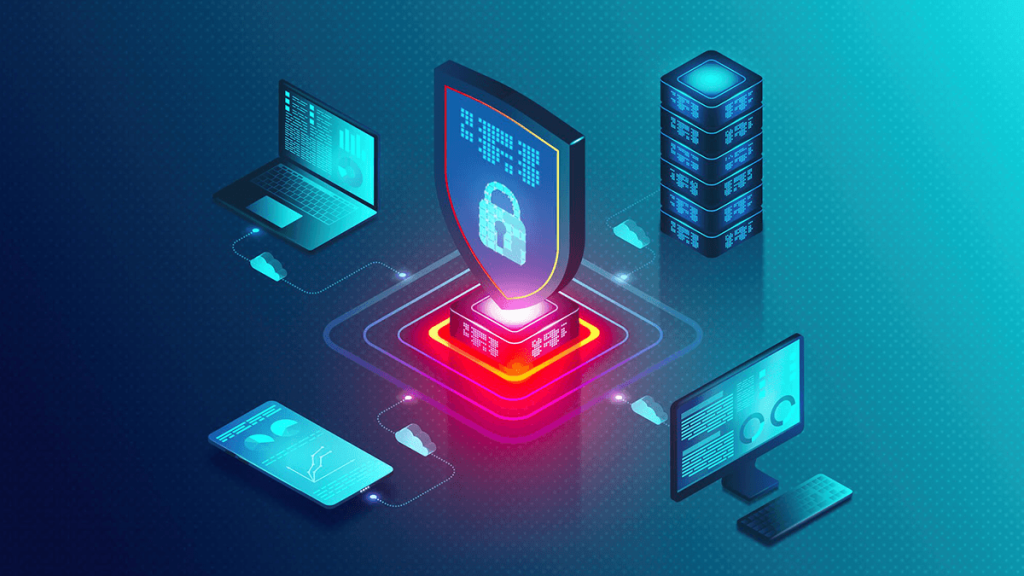
The Experimental Nature of SecOps with Sec-Gemini v1
It is essential to recognize that Sec-Gemini v1 is still experimental. While the model shows promising results in enhancing cybersecurity workflows, it is not yet a fully matured product. As such, organizations that gain early access should be prepared for potential limitations and a period of adjustment as the technology is refined and further integrated into existing security infrastructures.
Managing Data Privacy and Ethical Considerations
Integrating AI into cybersecurity workflows raises questions about data privacy and ethical considerations. As Sec-Gemini v1 processes and analyzes vast amounts of security data, organizations must ensure the confidentiality and security of sensitive information. As a leading technology provider, Google will likely continue developing robust safeguards to address these concerns. However, ongoing vigilance and compliance with regulatory standards remain essential for organizations adopting AI-driven security solutions.
Future Outlook for AI in Cybersecurity
The Evolution of Threat Intelligence
Looking forward, the evolution of AI in cybersecurity is set to transform the industry fundamentally. As models like Sec-Gemini v1 evolve, we can expect even greater integration of real-time data sources and more sophisticated analytical capabilities. This evolution will enhance the speed and accuracy of threat detection and enable predictive analytics that can anticipate potential security breaches before they occur.
Enhancing Collaboration and Information Sharing
One of the most promising aspects of AI-powered cybersecurity is the potential for enhanced collaboration among industry stakeholders. Organizations can collectively improve their defenses against cyber threats by sharing threat intelligence and best practices. Sec-Gemini v1 catalyzes such partnership, providing a platform where data from various sources is integrated and analyzed to generate actionable insights. This shared knowledge base can lead to the development of more resilient security strategies and foster a culture of proactive defense.
Practical Guidance for Organizations
Assessing Your Current Cybersecurity Posture
For organizations considering integrating AI-powered tools like Sec-Gemini v1, the first step is thoroughly assessing their current cybersecurity posture. This involves identifying critical vulnerabilities, mapping out existing threat detection workflows, and evaluating the effectiveness of current incident response strategies. A detailed audit of these elements can help determine where AI integration can yield the most significant benefits.
Developing a Roadmap for AI Integration
Once the current state is understood, organizations should develop a roadmap for integrating AI-driven solutions into their cybersecurity operations. This roadmap should include:
- Pilot Programs: Start with pilot projects to test the effectiveness of AI tools on specific aspects of cybersecurity, such as vulnerability impact analysis or threat detection.
- Training and Skill Development: Ensure cybersecurity teams have the skills to work alongside AI technologies. Training programs and workshops can help bridge the gap between traditional cybersecurity practices and modern AI-driven methods.
- Collaboration with AI Vendors: Engage with vendors like Google to understand the capabilities and limitations of their AI models. Early collaboration can provide insights into how these models can be customized to meet specific organizational needs.
- Continuous Monitoring and Feedback: Establish a system for continuously monitoring the AI tool’s performance. Feedback loops are essential for fine-tuning the model and ensuring it evolves in line with emerging cyber threats.
Building a Resilient Security Ecosystem
AI-powered tools should be considered part of a broader security ecosystem rather than standalone solutions. Integrating Sec-Gemini v1 with other cybersecurity measures—such as traditional firewalls, intrusion detection systems, and incident response protocols—will create a more resilient defense structure. A holistic approach that combines the strengths of AI with established security practices can significantly enhance an organization’s overall cybersecurity posture.
Conclusion
Google’s Sec-Gemini v1 represents a groundbreaking step in converging artificial intelligence and cybersecurity. By leveraging advanced AI capabilities and integrating multiple data sources, the model promises to transform how security teams conduct root cause analysis, threat analysis, and vulnerability impact assessments. Although still experimental, Sec-Gemini v1 offers a glimpse into the future of cybersecurity—one where intelligent automation and real-time data integration empower defenders to keep pace with increasingly sophisticated cyber threats.
For organizations, research institutions, and cybersecurity professionals, the early adoption of such technologies is the key to maintaining robust defenses in a digital landscape fraught with constant and evolving challenges. As the technology matures and more organizations integrate AI into their security workflows, we can expect a significant shift in the balance of power that tilts in favor of those tasked with defending our digital frontiers.
Sources: Infoq
